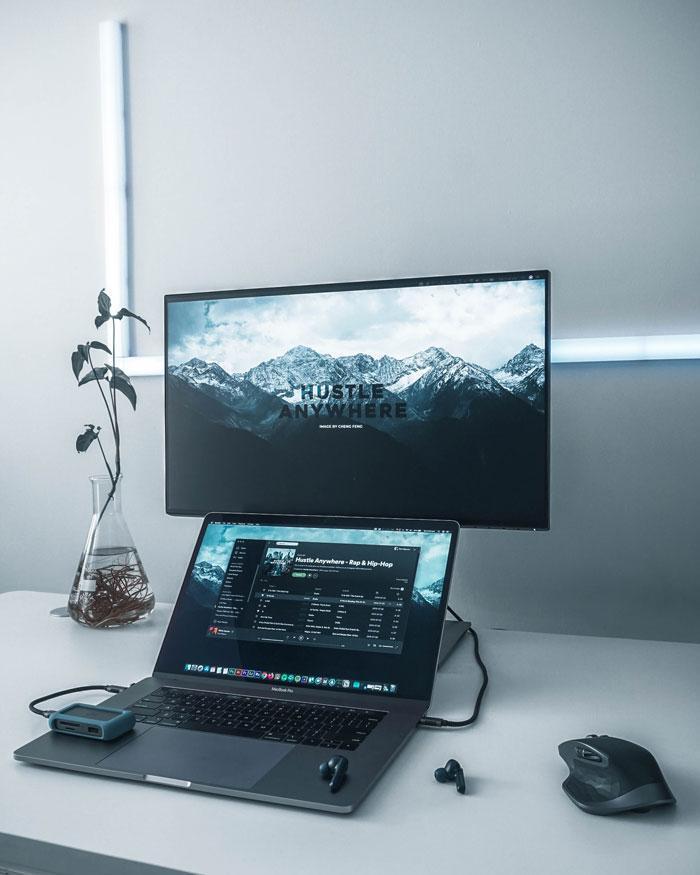DisplayPort
1.2 / 1.4 / 2.0
Development picks up speed
Like the HDMI sector, the development of DisplayPort has really picked up speed in recent years. If you stood with DisplayPort 1.1 a few years ago, you are currently sticking with DisplayPort 2.0. In contrast to HDMI, which have become indispensable especially in the entertainment segment (TV, projector, etc.), the DisplayPort is more in the area of monitors (gaming, digital designing, etc.). The big advantage of DisplayPort 2.0 compared to HDMI 2.1 is that you have achieved a transfer rate of 77.37 Gbit / s and, as a result, you have enabled a transfer of 8K at 60Hz with HDR without compression. The greatest advantages of DisplayPort are that it enables “chip-to-chip” communication. This means that a display panel can be controlled directly and there is no need for scaling and control circuits, which means that cheaper and thinner monitors are possible. Another advantage is that it is based on a micro-packet protocol and thus enables the standard to be expanded more easily. DisplayPort also supports both RGB and YCbCr-coded formats. Another big advantage is that the DisplayPort connector can be locked in which is not possible for the HDMI connector, so that on the one hand no screw connection is necessary and the connector cannot be torn out of the socket. However, unlike HDMI, DisplayPort also has a disadvantage. There is no direct electrical compatibility with DVI, but this can be bypassed with automatic detection and emulation. It is important to note, however, that cables connecting DisplayPort to HDMI or DVI always require the DisplayPort as an input source. If a signal is to be converted from HDMI to DisplayPort, this has to be done actively and does not work with the usual adapters. Here is a small summary of the current technologies in our portfolio:
– DisplayPort 1.2: 4K @ 60Hz (3840 x 2160p), 17,28 Gbit/s, YCbCr 4:4:4
– DisplayPort 1.4: 8K @ 30Hz (7680 x 4320p), 25,92 Gbit/s, 4K @ 120Hz (3840 x 2160p)
– DisplayPort 2.0: 8K @ 60Hz (7680 x 4320p), 77.37 Gbit / s, resolution without compression
As with HDMI, there are already some inexpensive variants on the market that no longer rely on a full copper inner conductor (CU or BC), but rather the cheaper CCS inner conductor (copper-steel mixture). In terms of quality, it is particularly noticeable for lengths from 2-3m. Everyone has to decide for themselves whether it is a sensible cost saving. To help you with your decision, you can either look around at www.ic-intracom.at/DP, or contact us and we will be happy to advise you.

